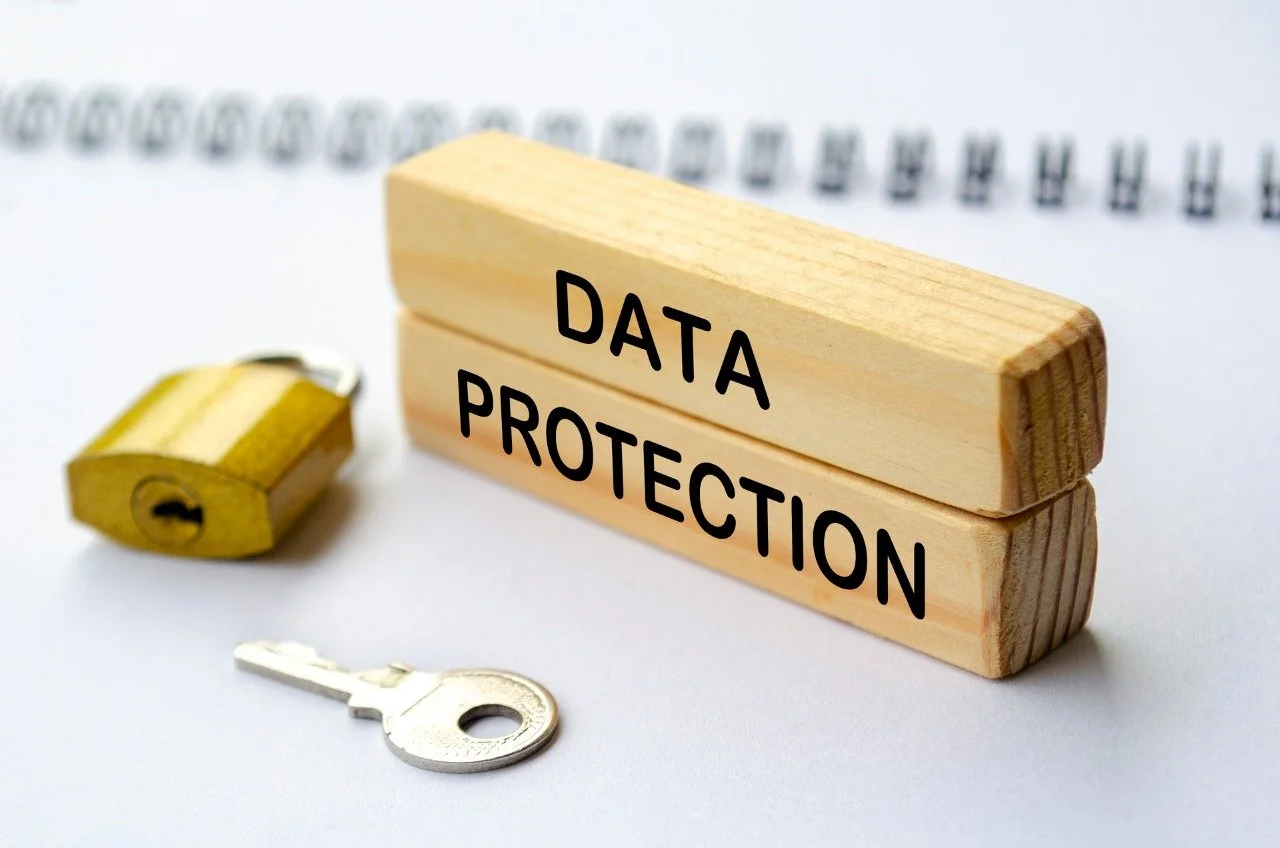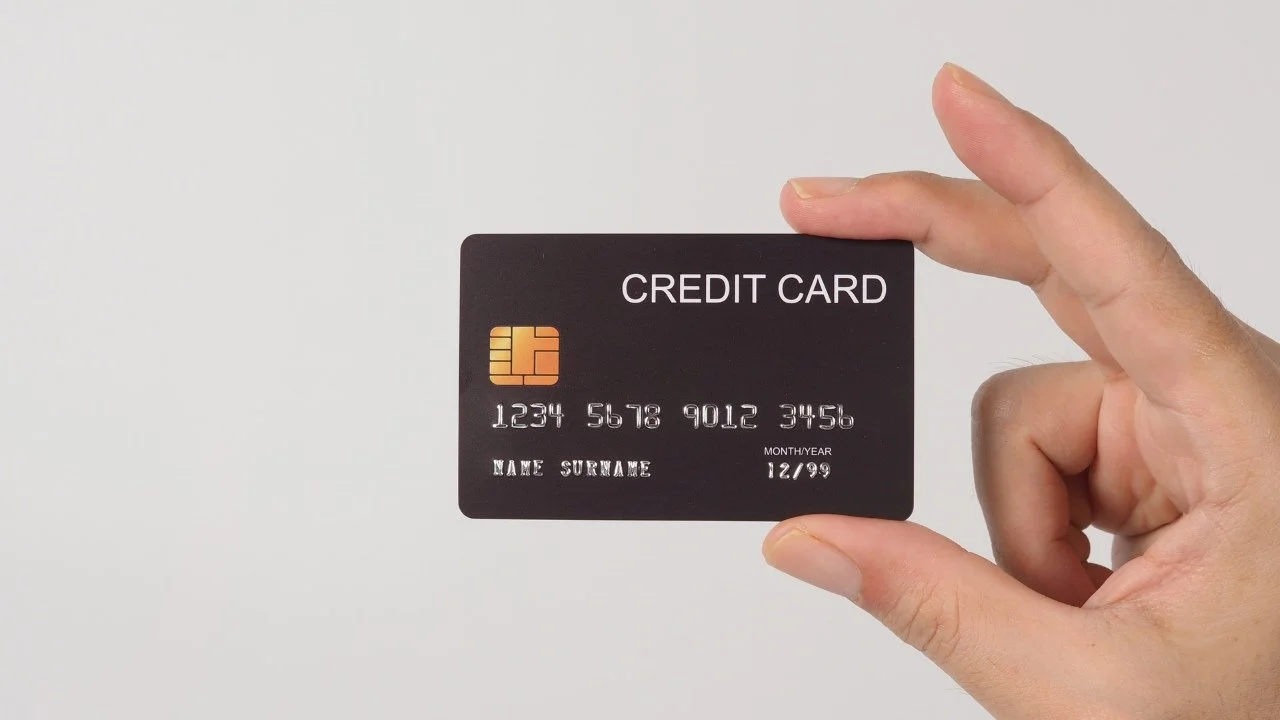Data redaction vs data masking: What’s the difference?
When you're dealing with sensitive data—especially at scale—it’s easy to feel overwhelmed by the options for protecting it. You’ve got terms like redaction, masking, anonymization, obfuscation… and sometimes they all get thrown around like they're interchangeable. But they’re not. And in the case of data redaction vs data masking, the distinction really matters—especially if you're trying to stay compliant, reduce risk, and not accidentally expose personal information in a video file or transcript.
What is data redaction?
Data redaction is the process of permanently removing or obscuring sensitive information from a document, video, audio recording, or data file. It’s typically used when that information is no longer needed, or when access needs to be restricted for privacy, legal, or security reasons.
Think of it like using a black marker to cover a phone number on a printed document—except, in the case of platforms like Secure Redact, it’s done automatically with AI, across huge volumes of CCTV footage, bodycam video, or audio transcripts.
Redaction is most common in industries like law enforcement, healthcare, education and transportation, where video or audio recordings often contain personally identifiable information (PII) such as:
Faces
Vehicle license plates
Names, locations, or medical details in audio files
With tools like Secure Redact, the redaction isn’t just fast—it’s over 99% accurate, even in tricky conditions like low light or when faces are partially obscured.
Streamline video redaction for better privacy protection.
What is data masking?
Now, data masking is a bit different. Instead of removing the data entirely, it replaces sensitive information with fake—but realistic—values. This makes it ideal for situations where you still need the structure of the data for testing, analysis, or software development, but don’t want to expose the real information.
For example:
A masked credit card number might look like 4000 1234 5678 9010
A masked name might become “Jane Doe” or “Customer A”
Masking is often used in structured databases or test environments, where teams need data that behaves like the real thing, without putting actual customer details at risk.
And while masking can be dynamic (created on the fly) or static (saved in a database), the key thing is: the original data is still there, just hidden or swapped for lookalikes.
Key differences between data redaction and data masking
What happens to the data?
Data Redaction: Permanently removed or obscured
Data Masking: Replaced with fake, but realistic data
Is it reversible?
Data Redaction: No
Data Masking: Sometimes, depending on the technique
Common formats handled:
Data Redaction: Unstructured data like video, audio, and documents
Data Masking: Structured data like databases
Typical use cases:
Data Redaction: Legal compliance, privacy, sharing data externally
Data Masking: Testing, development, internal analytics
Impact on usability:
Data Redaction: Original content may be altered (e.g., blurred faces)
Data Masking: Preserves usability while hiding real information
When to use redaction vs masking
There’s no one-size-fits-all. It really depends on your goals and the type of data you’re handling.
Use redaction when:
You need to share data publicly or with third parties
You want to guarantee the data can’t be recovered
You’re handling video or audio footage with visible/identifiable information
You need to be compliant with state, national or international data regulations
You have received a DSAR or FOIA request to share footage where everyone apart from the subject needs to be blurred
Use masking when:
You're building test environments or running simulations
You want to protect real data while preserving its utility
You're working with internal teams that need access to database structure, but not the real values
Sometimes, organizations use both. For example, a healthcare provider might redact patient names in video consultations but mask identifying data in backend systems used for analytics.
Compliance and security considerations
The rise of privacy laws like GDPR, HIPAA, and CCPA means businesses can’t afford to get this stuff wrong.
Redaction is often favored for compliance purposes because it ensures data is truly irretrievable. In sectors like policing or the cruise industry—where Secure Redact is already being used—automated redaction of video footage makes it possible to share evidence or incident reports without risking exposure of private data.
Masking, on the other hand, is more about internal security and operational integrity. If you’re a SaaS company using customer data to improve your app, you should be masking it. If you’re a hospital sharing footage with external regulators? Redaction is the way to go.
And let’s be honest: manual redaction is a time sink. Platforms like Secure Redact save teams hours of work—and reduce the risk of human error—by automatically detecting and redacting PII in just a few clicks (or via API, if you're fancy like that).
Common mistakes to avoid
Assuming redaction is the same as masking: This happens a lot, but it’s risky. Redacted data is gone. Masked data isn't.
Relying on manual processes: Especially with video and audio, manual redaction is prone to mistakes—and it’s expensive.
Using the wrong method for the job: If you're sharing data outside your org, masking may not cut it. If you're testing software, redacting the data might make it unusable.
Not testing your redaction/masking tool: Especially if it's automated, accuracy matters. Look for tools with proven reliability in low-resolution or high-volume settings.
Final thoughts
Both data redaction and data masking are essential tools in the privacy and security toolbox—but they serve very different purposes. Understanding when to use each method can save you time, reduce risk, and keep your organization on the right side of data protection laws.
If you’re looking for a solution that can handle video and audio redaction with best-in-class accuracy, our all-in-one redaction software might be worth a closer look. It’s already trusted by law enforcement and healthcare providers, and it integrates easily into your existing systems.



